Mercedes-Benz expected big things of the R-Class, promising that it would provide “a wholly new motoring experience” as it attempted to combine saloon stylishness, estate practicality and 4x4 ruggedness.
This proved too high a bar for it to clear, but what it could do was act as a private jet for the road, with its luxurious accommodation for six or seven people, while standard four-wheel drive and a long-wheelbase option won it valuable utility marks.
Its unique design and versatility meant that it had few direct rivals to compete with, and its road-oriented performance made it an attractive proposition over the more cumbersome SUVs of the early 2010s.
Click here to buy your next used car from Autocar
The R280 (later renamed the R300) and R320 (later the R350) CDI diesel models were equipped with two differently tuned versions of the same 3.0-litre V6, producing 190bhp and 265bhp respectively. The R350 petrol featured a 272bhp 3.0-litre V6, while the top-of-the-range, AMG-fettled R500 offered sports car performance, being capable of 0-62mph in just 6.9sec thanks to a 306bhp 5.0-litre V8.

All models were offered with Mercedes’ appropriately silky seven-speed torque-converter automatic gearbox. Unlike with some people carriers, the R-Class’s third-row seats are able to accommodate adults. And to ensure that they don’t feel relegated to the back, tri-zone climate control, Bluetooth and heated seats emulate the premium ambience of the front. Each rear seat has its own cupholder, too: now, that’s pure glamour.
The R-Class isn’t all champagne and caviar, however: it also has one of the biggest boots you will find in anything short of a Luton van, with short-wheelbase models built after 2009 offering 869 litres of space, increasing to a staggering 1048 litres if you opt for a long-wheelbase one.

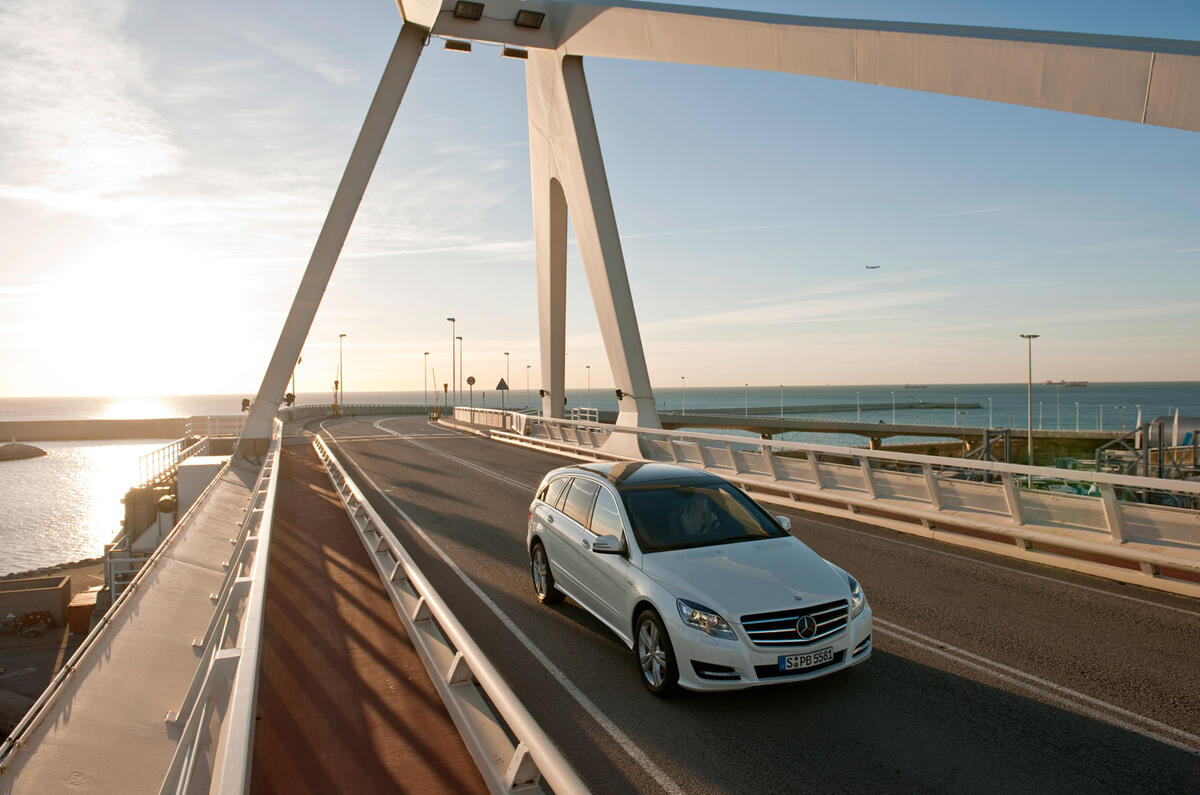
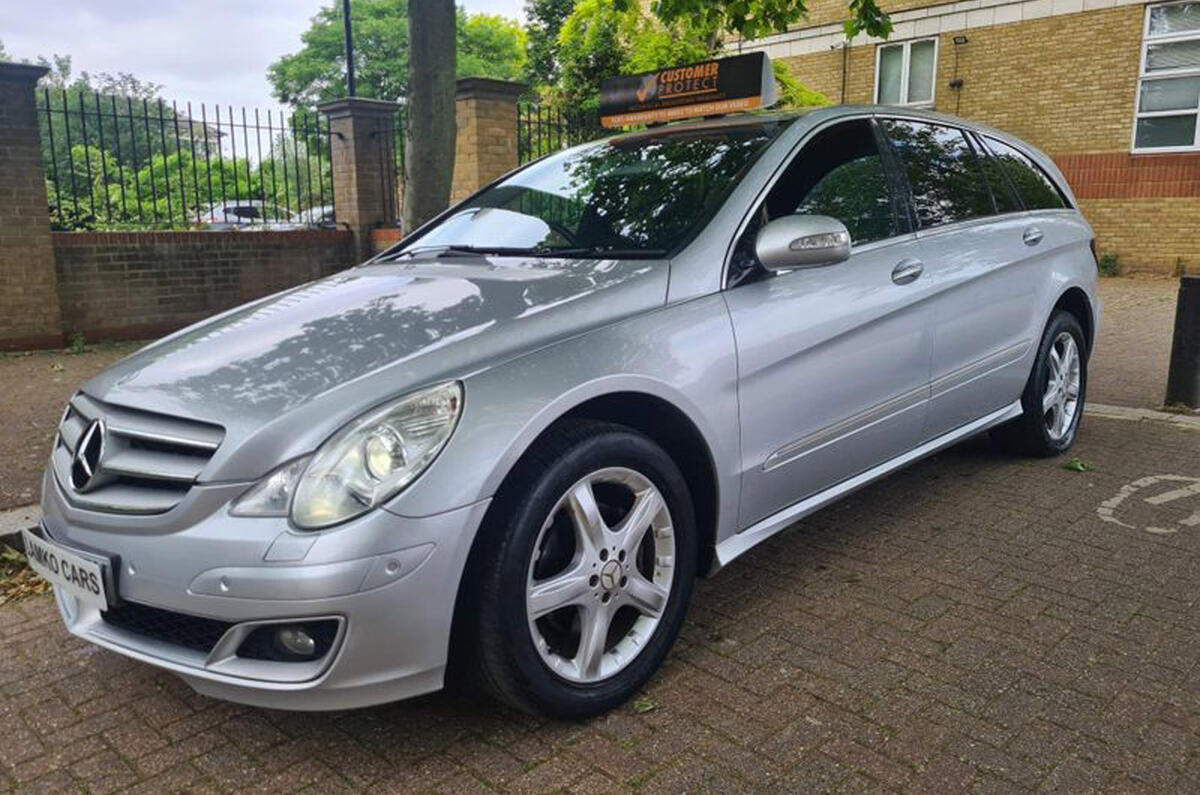
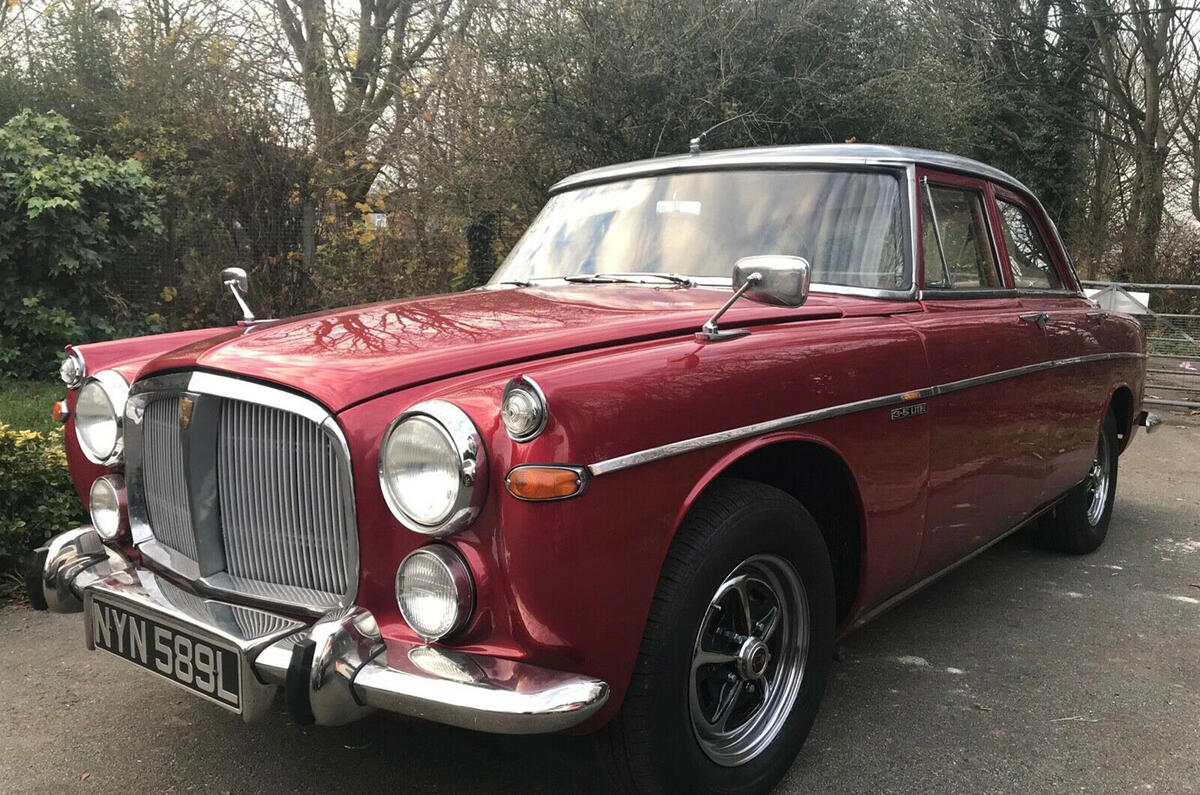
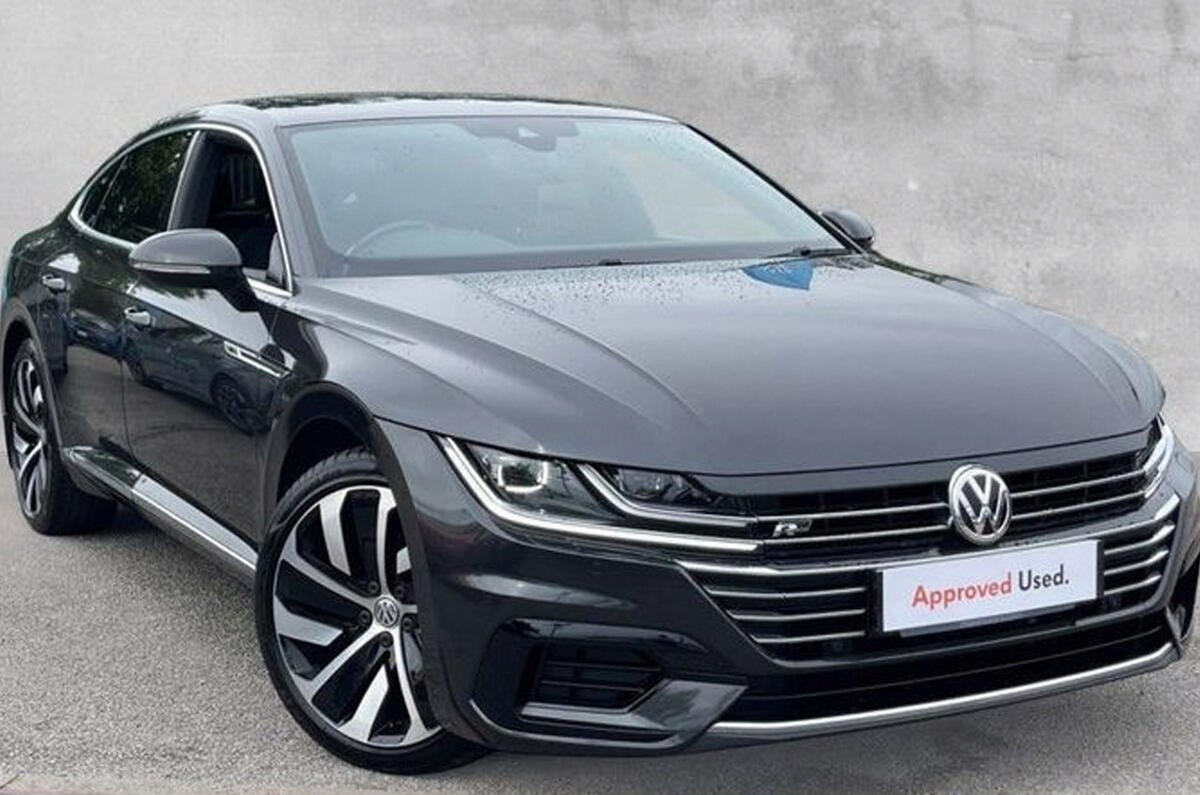
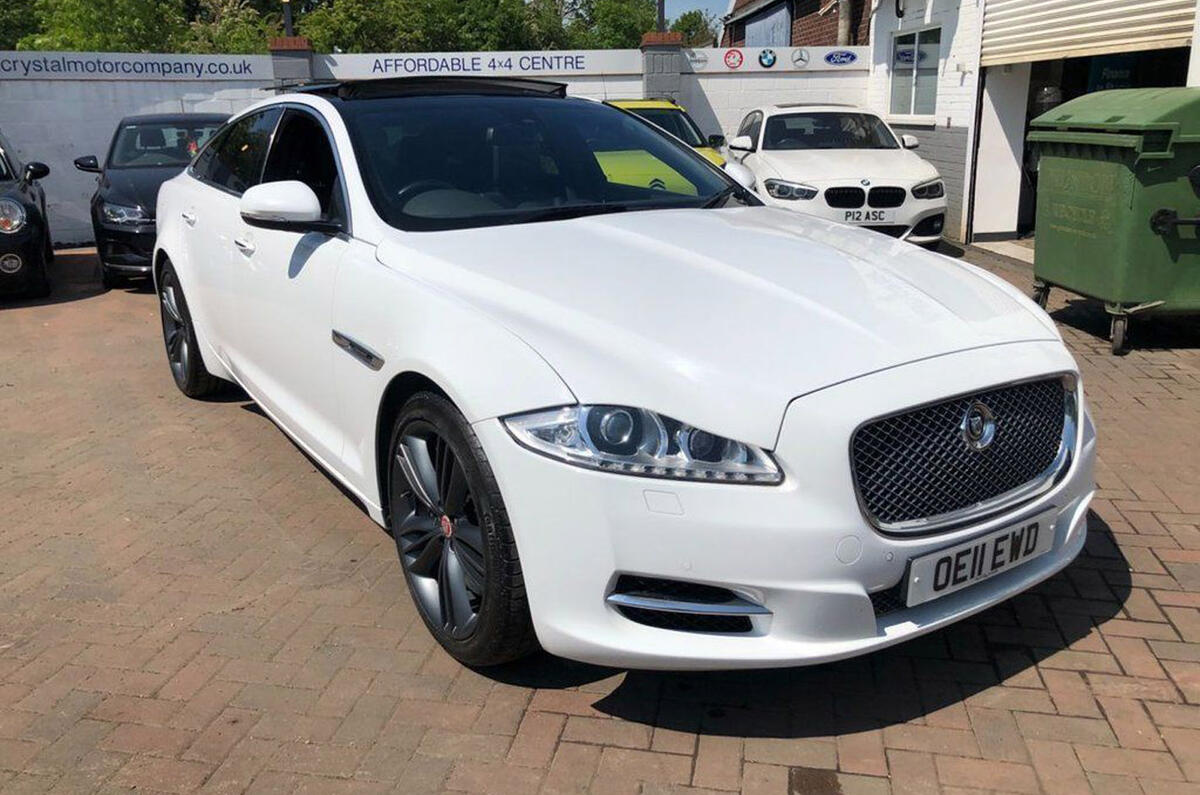
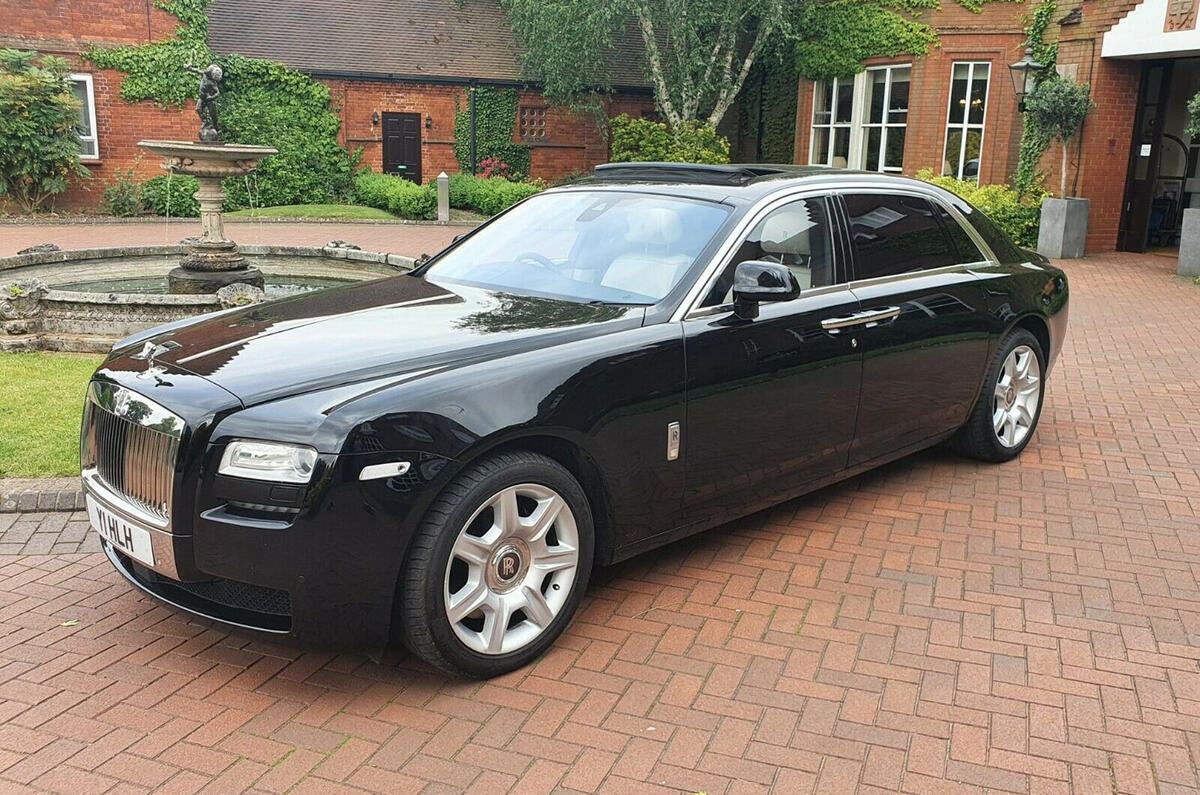
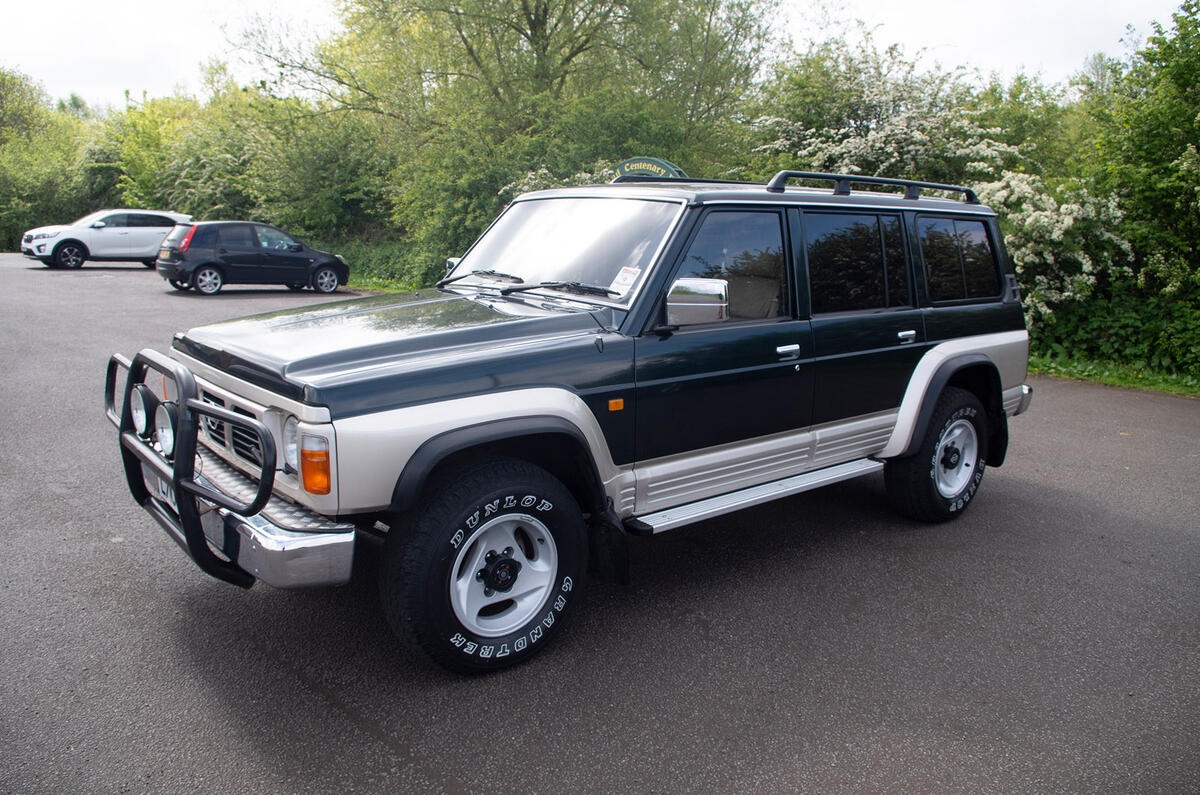
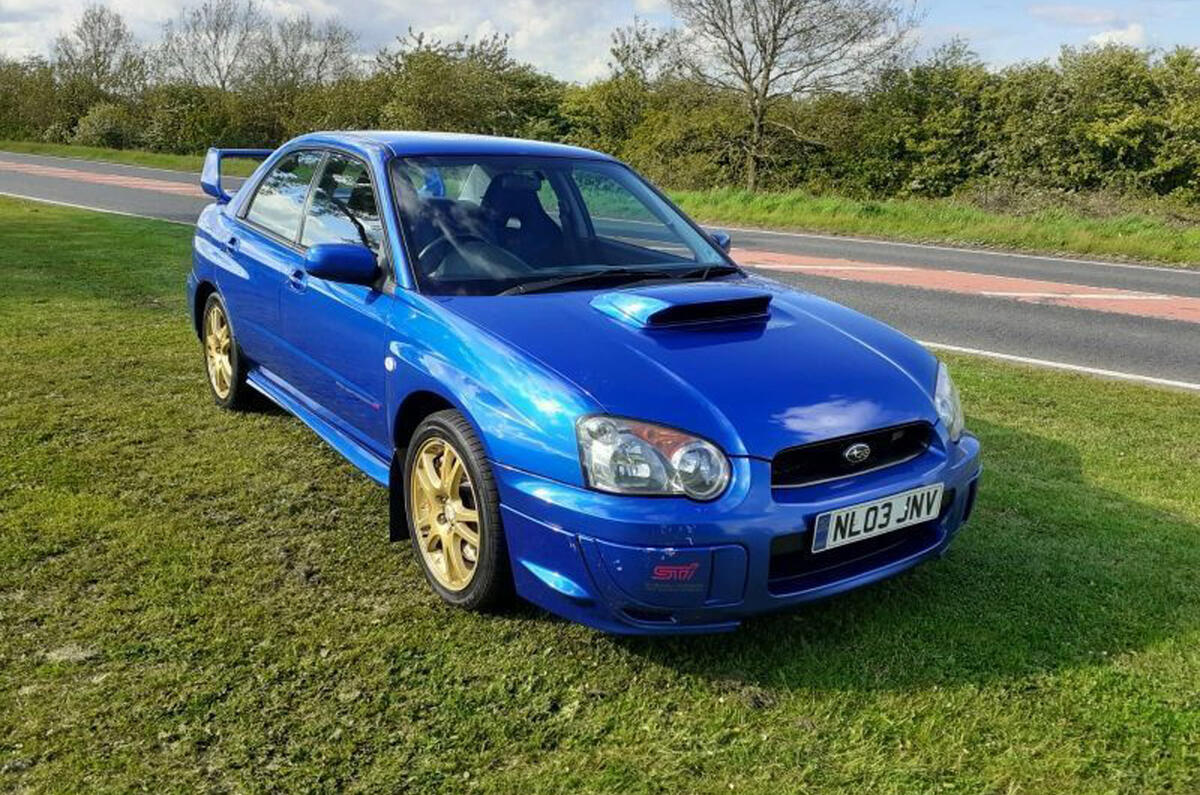
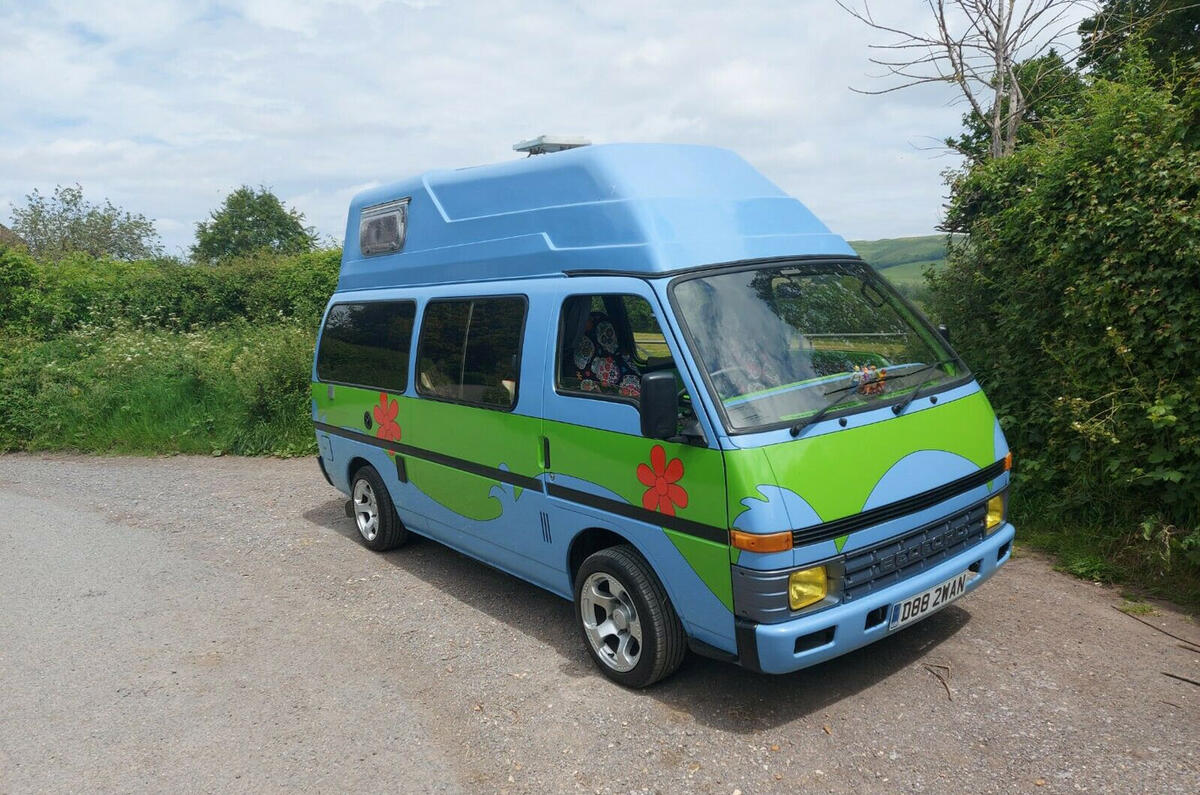
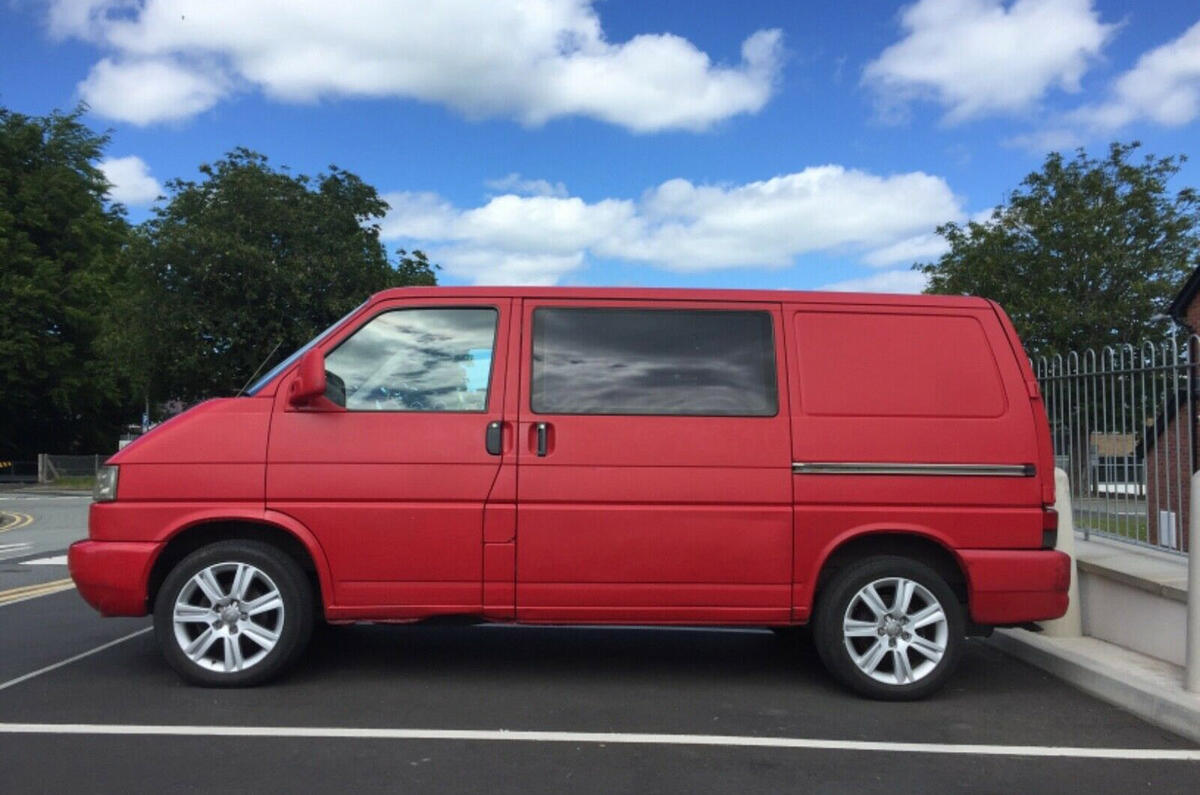
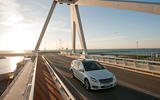
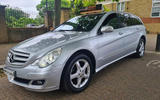
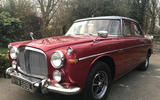
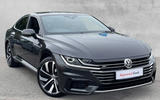
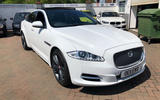
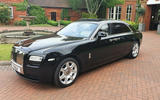
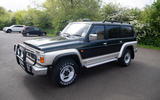
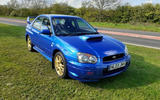
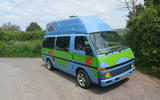
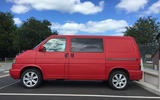











Add your comment